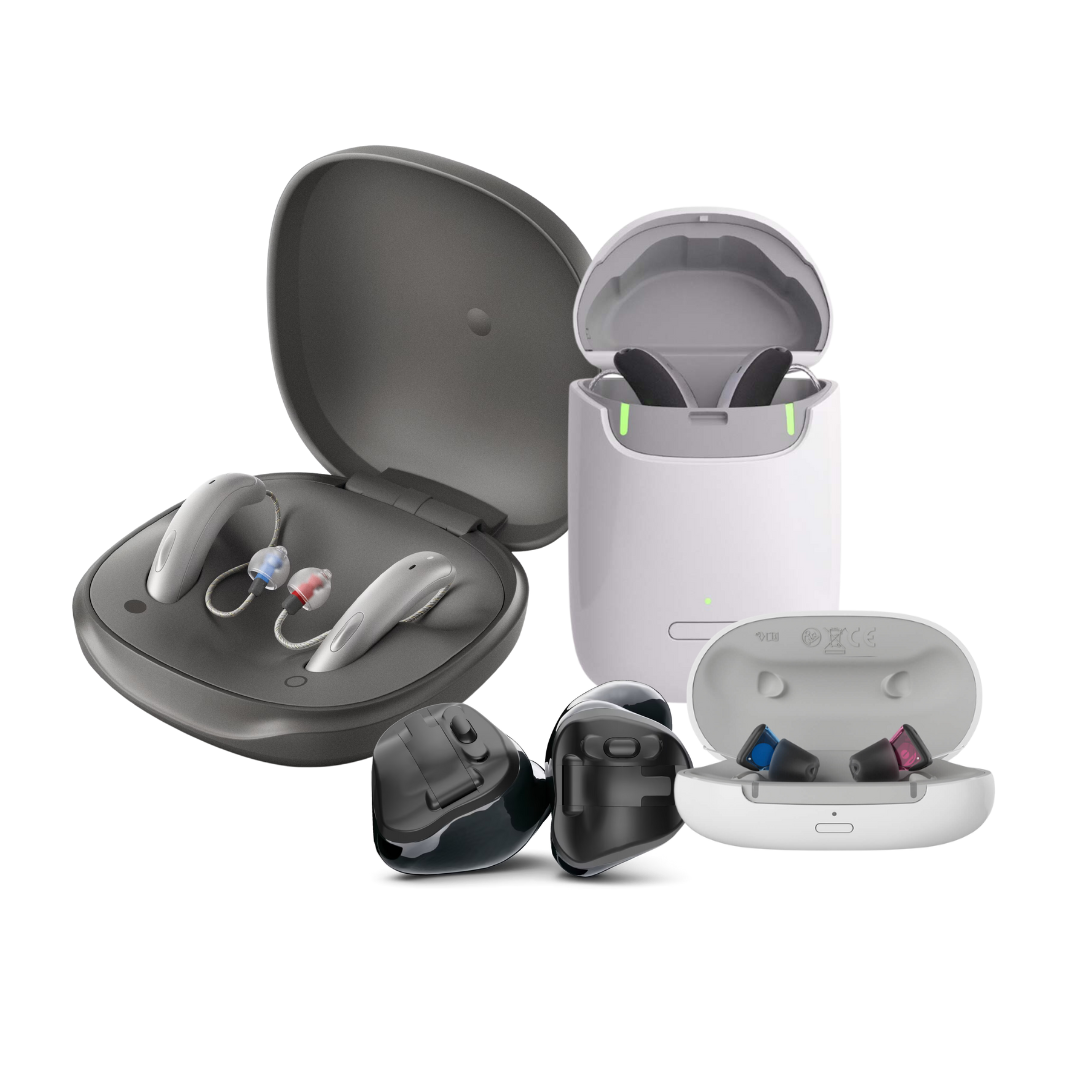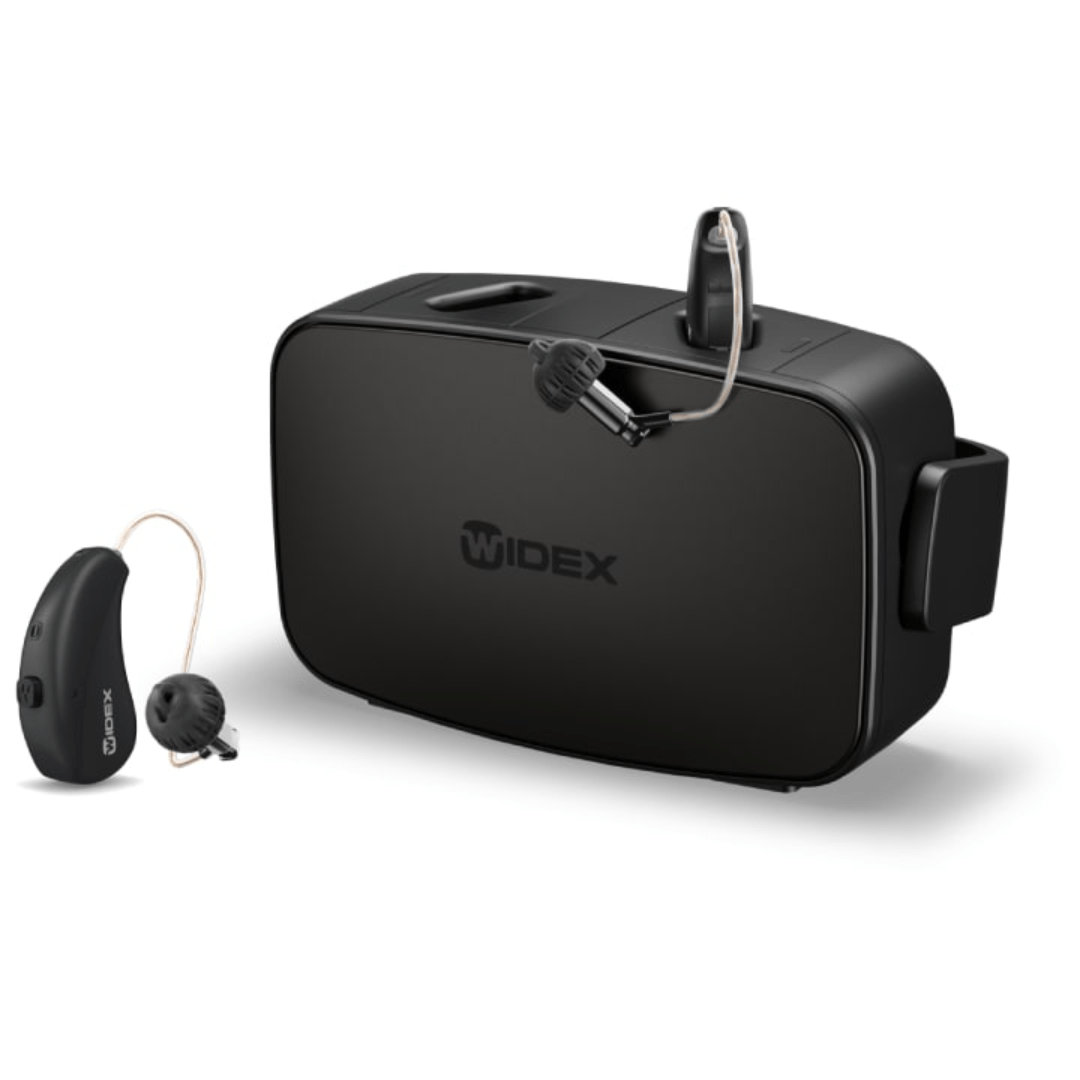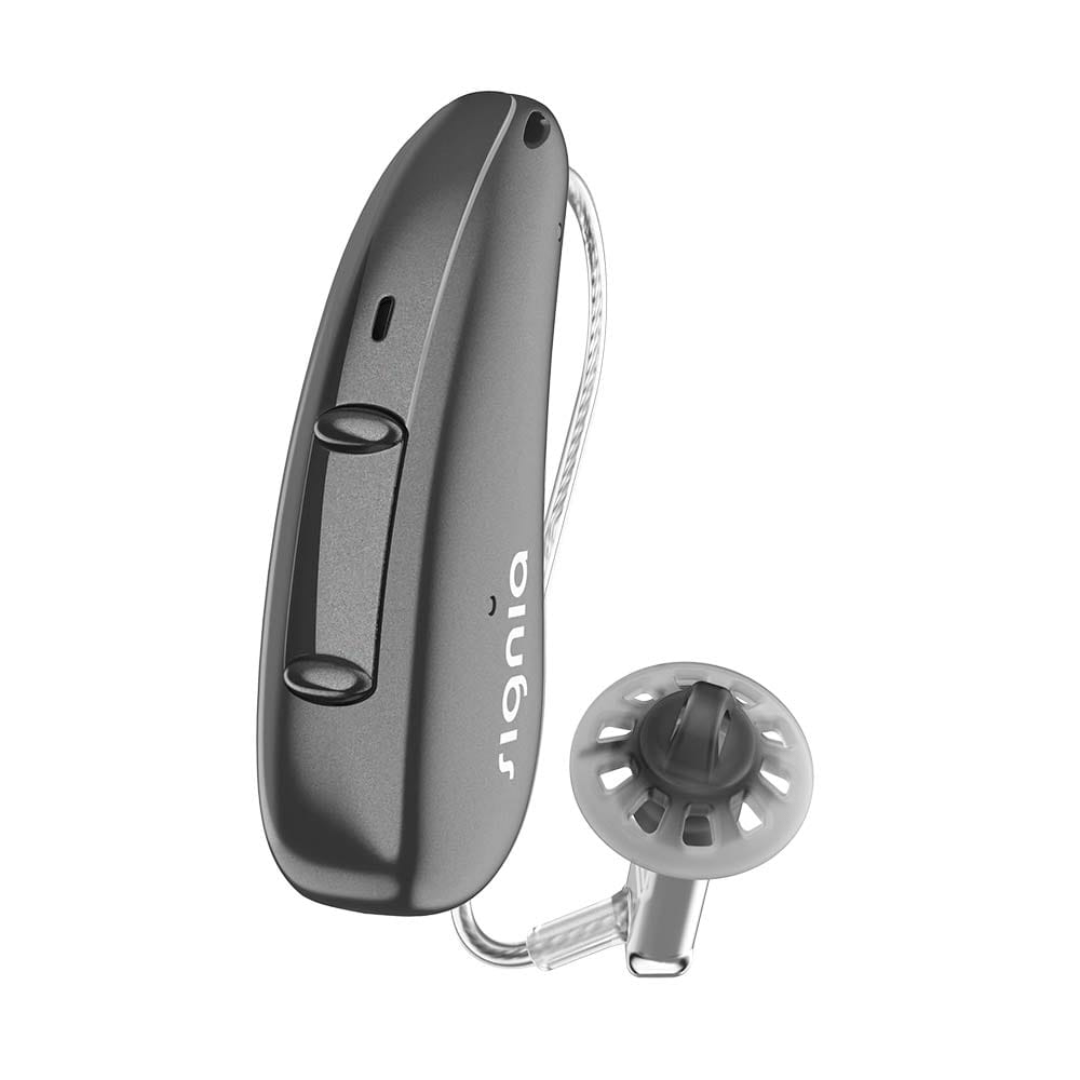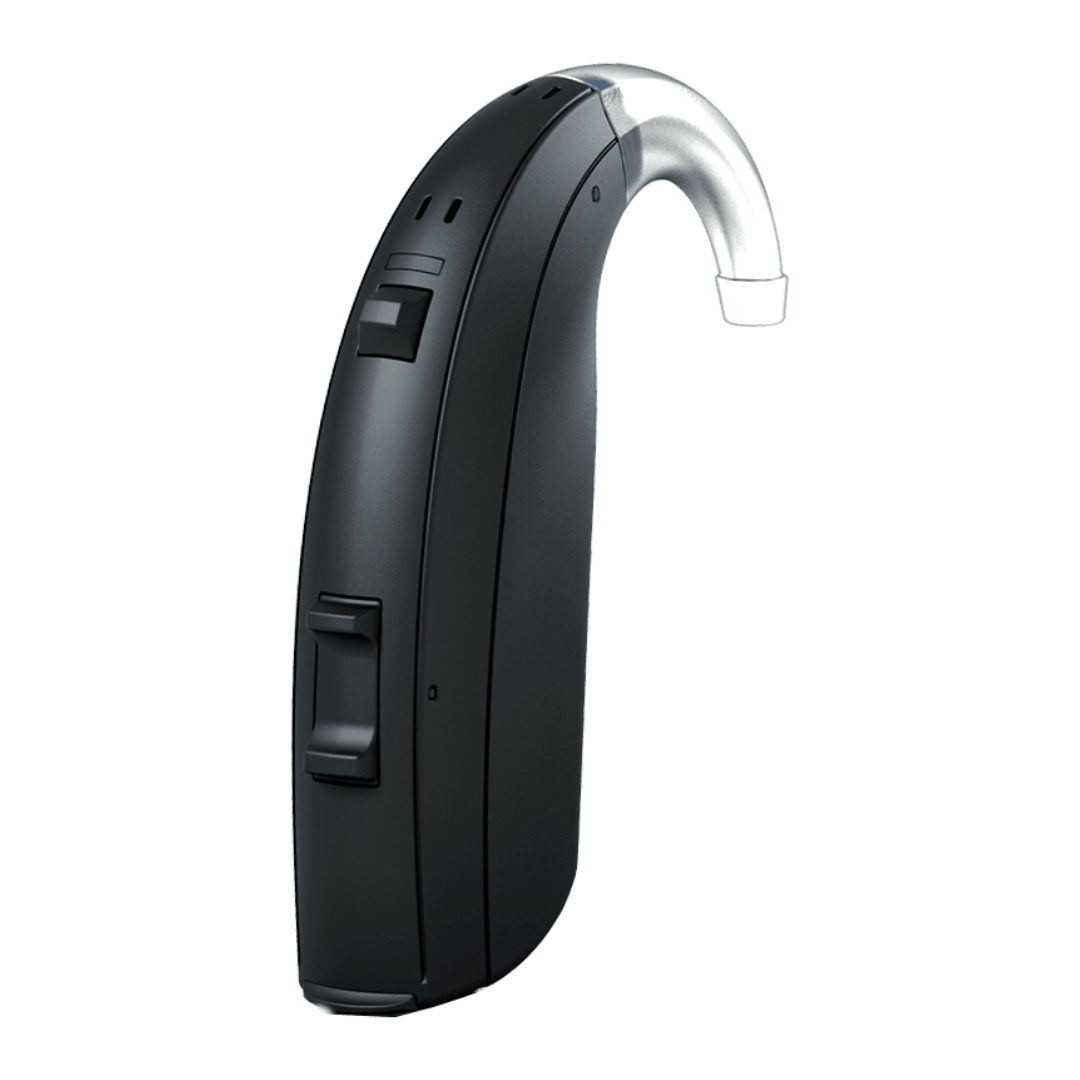Need Help?
FAQs
Here are some frequently asked questions to guide you. If you don't find your question answered here, our support team is just a call or message away. Don't Hesitate to Reach us.
Are digital hearing aids better than analog?
Yes, digital hearing aids are generally better than analog ones as they provide clearer sound, advanced noise reduction, customizable settings, and features like Bluetooth connectivity. They process sound digitally, offering more precision and a natural listening experience.
Are digital hearing aids available on the NHS?
Yes, digital hearing aids are available through the NHS in the UK. However, the models provided may not include the latest features like Bluetooth. Private options offer a wider range of advanced models.
Are digital hearing aids any good?
Digital hearing aids are highly effective, offering superior sound quality, adaptability, and features such as feedback cancellation, directional microphones, and smartphone connectivity. They are suitable for a wide range of hearing losses.
What are digital hearing aids?
Digital hearing aids are advanced devices that process sound electronically. They amplify and adjust sound using digital technology, providing a clearer and more natural hearing experience.
Why are digital hearing aids so expensive?
Digital hearing aids are costly due to their advanced technology, research and development, small size, and features like Bluetooth, AI-powered sound processing, and noise reduction. Customization and aftercare services also contribute to the price.
Can digital hearing aids be recycled?
Yes, digital hearing aids can be recycled. Some manufacturers and organizations accept old hearing aids for recycling or refurbishment to help others in need.
How do digital hearing aids work?
Digital hearing aids work by converting sound into digital signals. They analyze and process these signals to enhance clarity, reduce background noise, and amplify sound before delivering it to the ear.
How much do digital hearing aids cost?
In India, digital hearing aids cost between ₹25,000 and ₹3,50,000, depending on the brand, features, and technology.
How long do digital hearing aids last?
Digital hearing aids typically last 5–7 years with proper care and maintenance. Regular cleaning, servicing, and battery replacement (if non-rechargeable) can extend their lifespan.
How to clean digital hearing aids?
Use a soft, dry cloth to wipe the exterior.
Remove earwax with a cleaning brush or wax loop.
Open the battery compartment or disconnect the charger to dry moisture.
Store in a dry box to prevent damage.
Never use water or chemicals for cleaning.
What do digital hearing aids look like?
Digital hearing aids come in various styles, such as Behind-the-Ear (BTE), In-the-Ear (ITE), and Completely-in-Canal (CIC). Their designs range from discreet in-ear models to slightly visible over-the-ear devices.
What are the best digital hearing aids?
Top brands like Phonak, Signia, Widex, Starkey, Oticon, and ReSound offer the best digital hearing aids. The choice depends on your hearing needs, features, and budget.
When were digital hearing aids invented?
Digital hearing aids were first introduced in the late 1980s, with commercially viable models becoming widely available in the mid-1990s.
Why do digital hearing aids whistle?
Digital hearing aids whistle due to feedback, which occurs when amplified sound leaks from the ear canal and re-enters the microphone. This can happen if the hearing aid is not fitted properly or if there’s a buildup of earwax.
Why are digital hearing aids so expensive?
Digital hearing aids are expensive because of their cutting-edge technology, including noise reduction, AI processing, and Bluetooth connectivity. The costs of research, manufacturing, customization, and aftercare also contribute to the price.
Why are digital hearing aids better?
Digital hearing aids are better because they provide:
Superior sound quality.
Noise reduction and feedback cancellation.
Customizable settings.
Connectivity features like Bluetooth.
Compact, discreet designs.
























